MBA 681: Case Study on Profit Determination in Monopolistic Markets
VerifiedAdded on 2022/09/15
|7
|849
|48
Case Study
AI Summary
This case study delves into profit determination within a monopolistically competitive market, a structure combining elements of monopoly and perfect competition. The analysis explores how firms, characterized by differentiated products and free market entry/exit, determine their profit levels. The study examines the role of demand curves, marginal revenue, and costs (marginal and average total) in shaping a firm's output decisions and profitability in both the short and long run. It also highlights the impact of market entry on demand and the potential for economic profits or losses. The case underscores the significance of consumer demand and innovation in influencing a firm's long-term success within this market structure. The study uses graphical representations to illustrate the concepts and provides a framework for understanding how firms strategize in a competitive environment. Furthermore, the study shows how the firms can generate monopoly power once they are able to gain customer trust and generate a brand value of the products.
1 out of 7
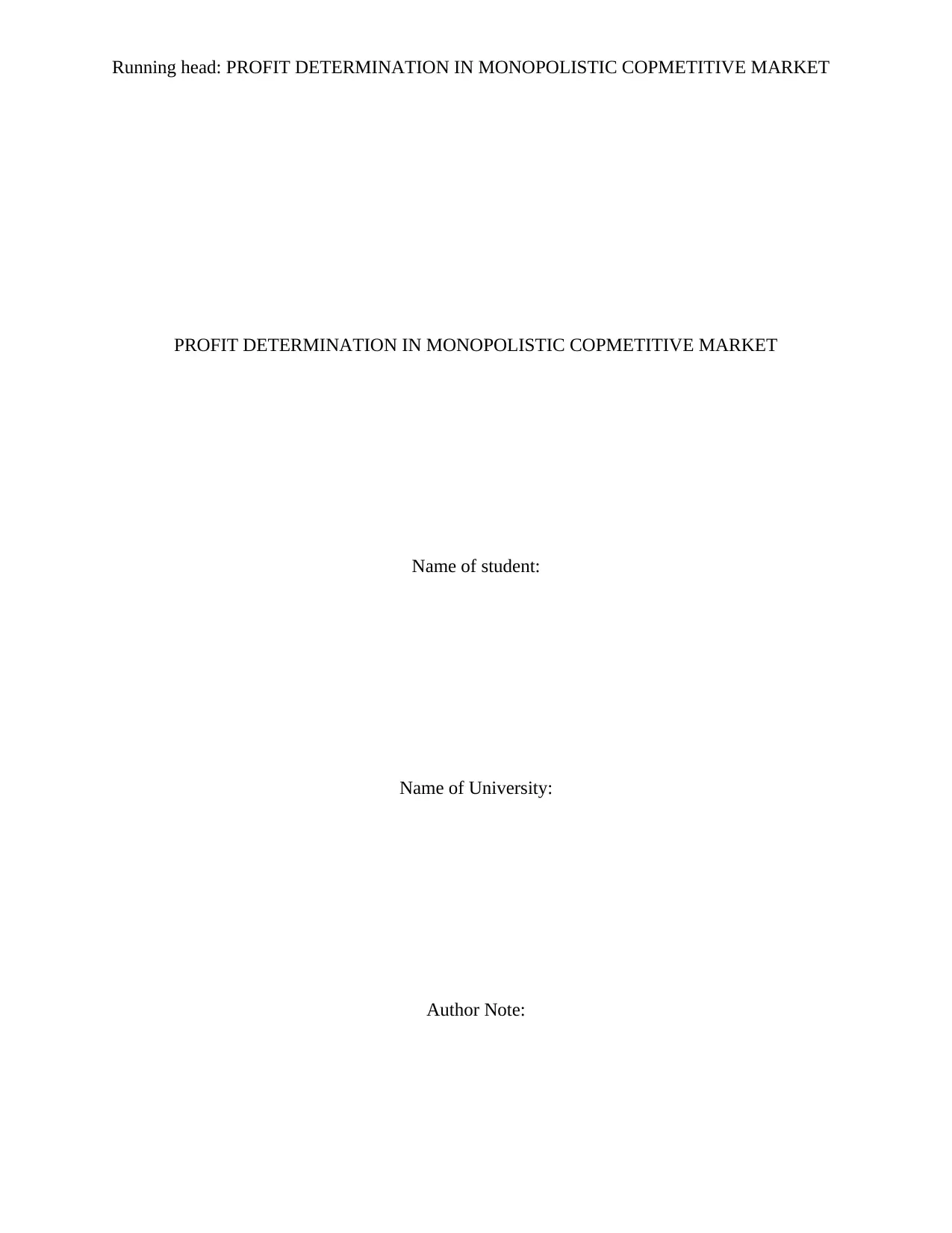
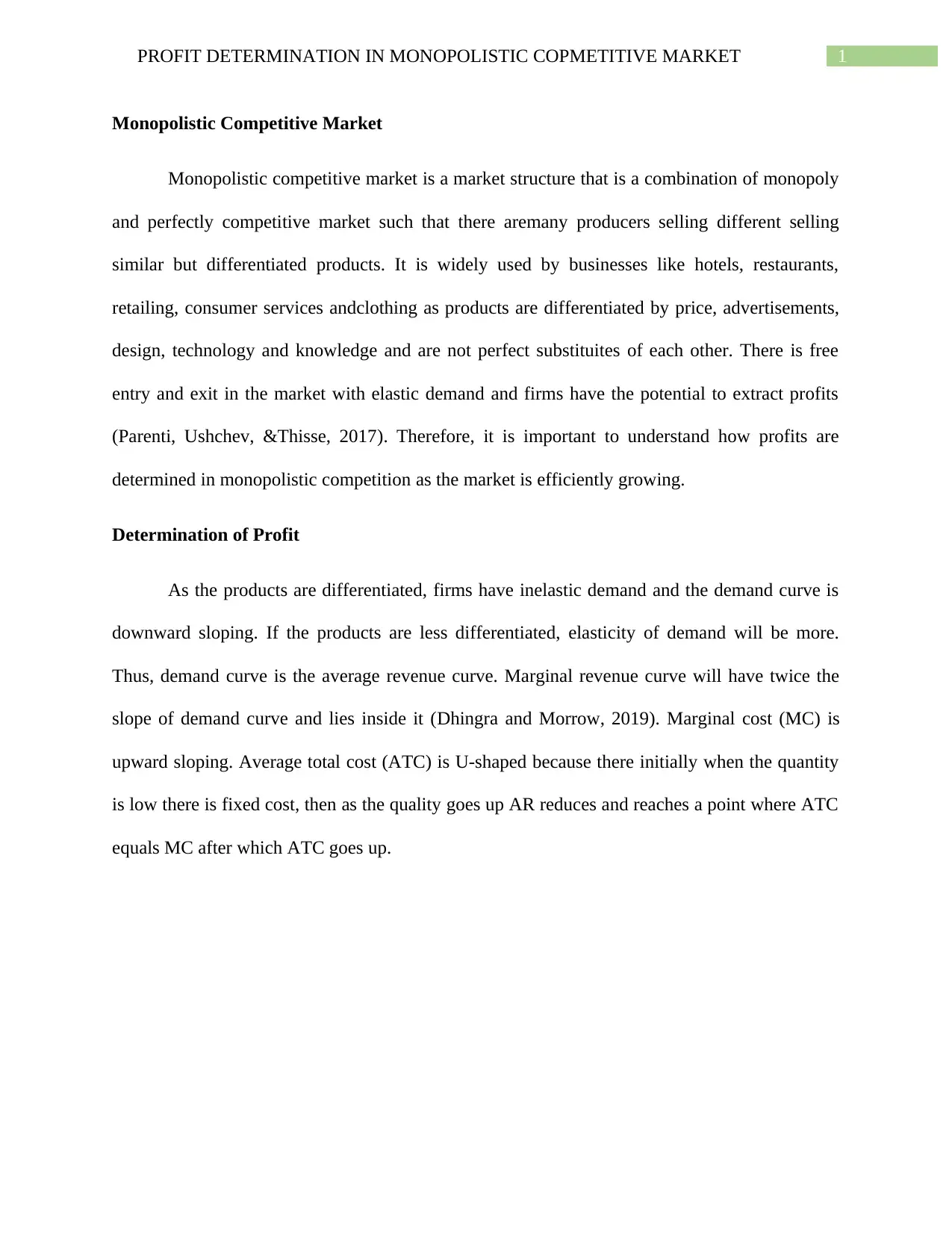
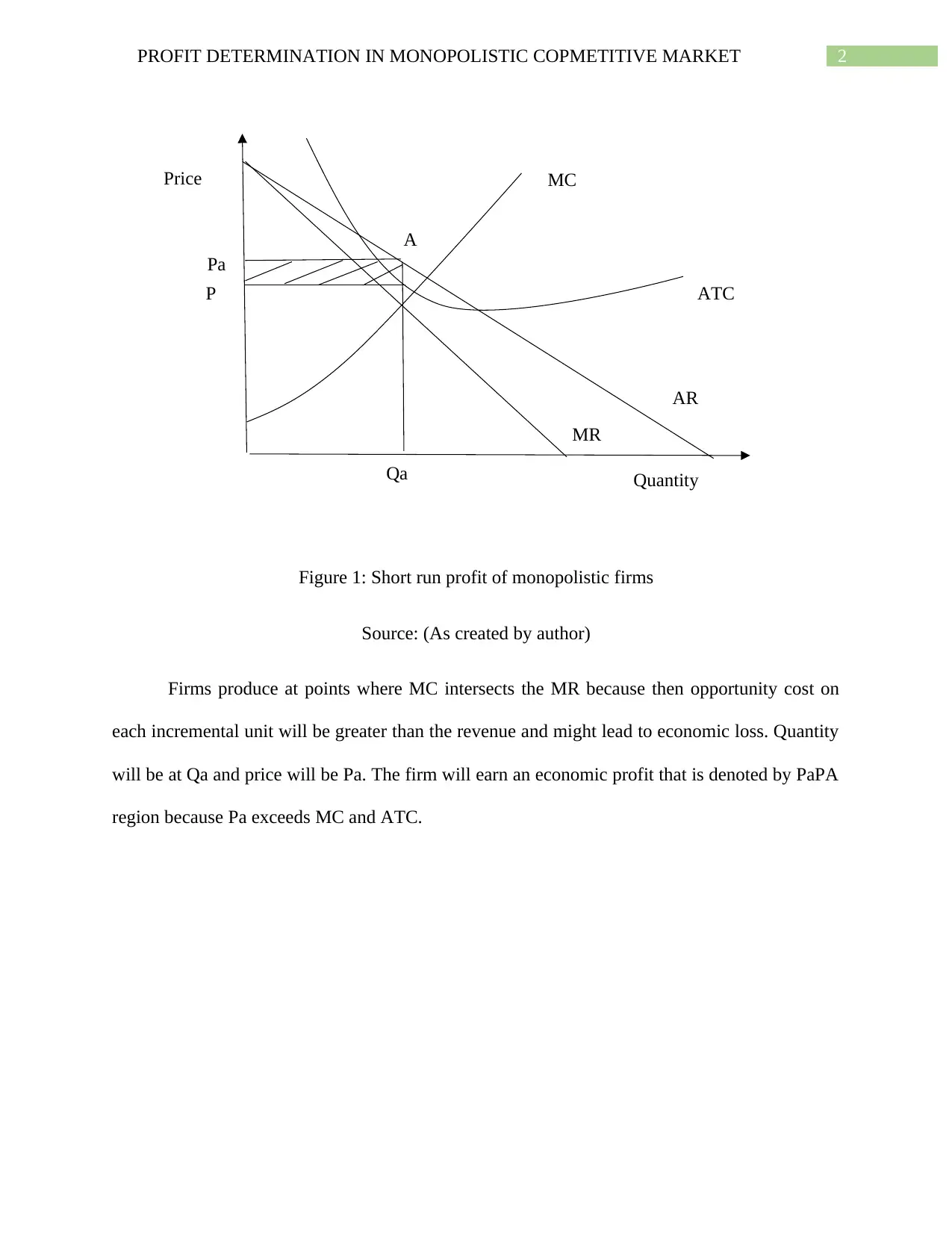

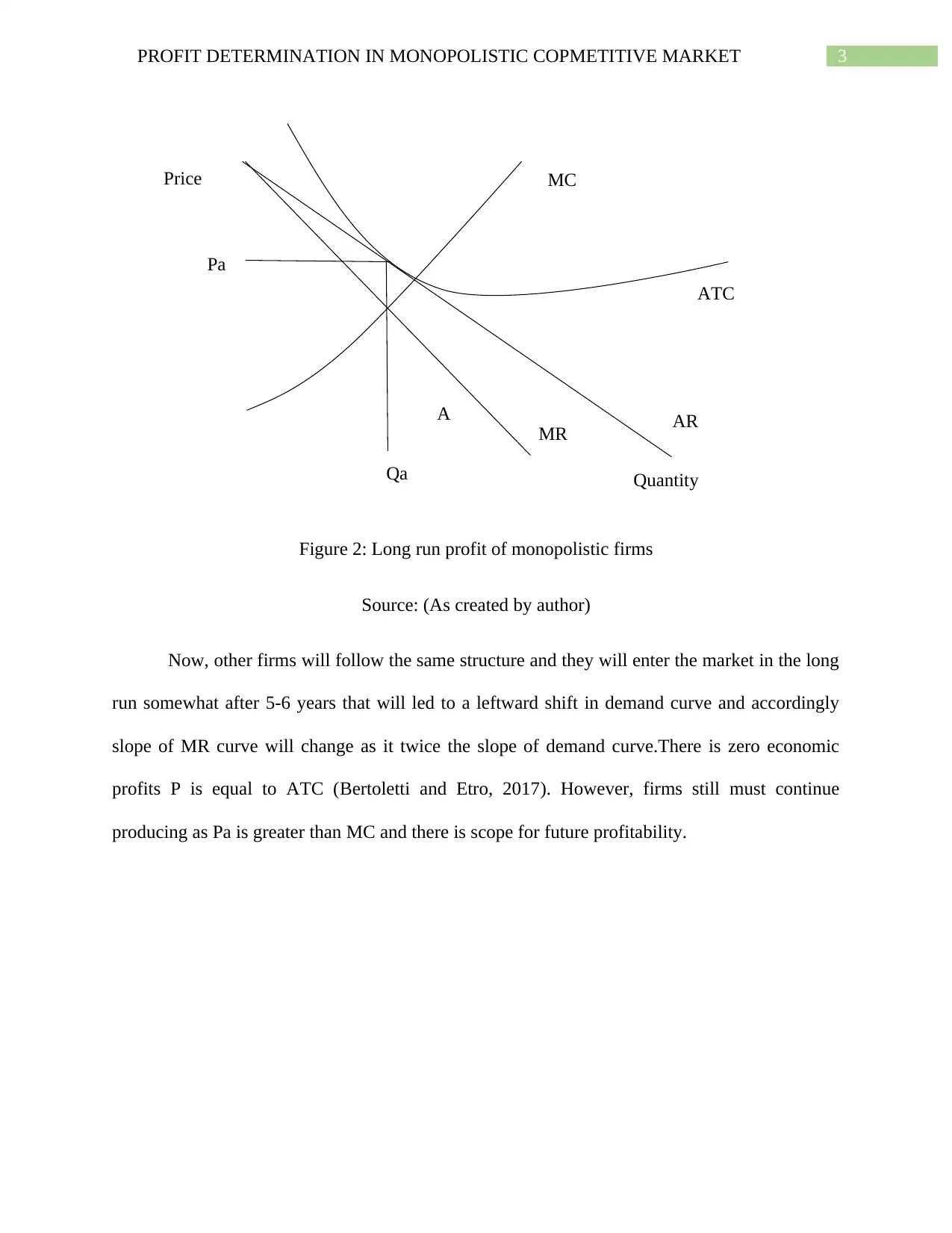
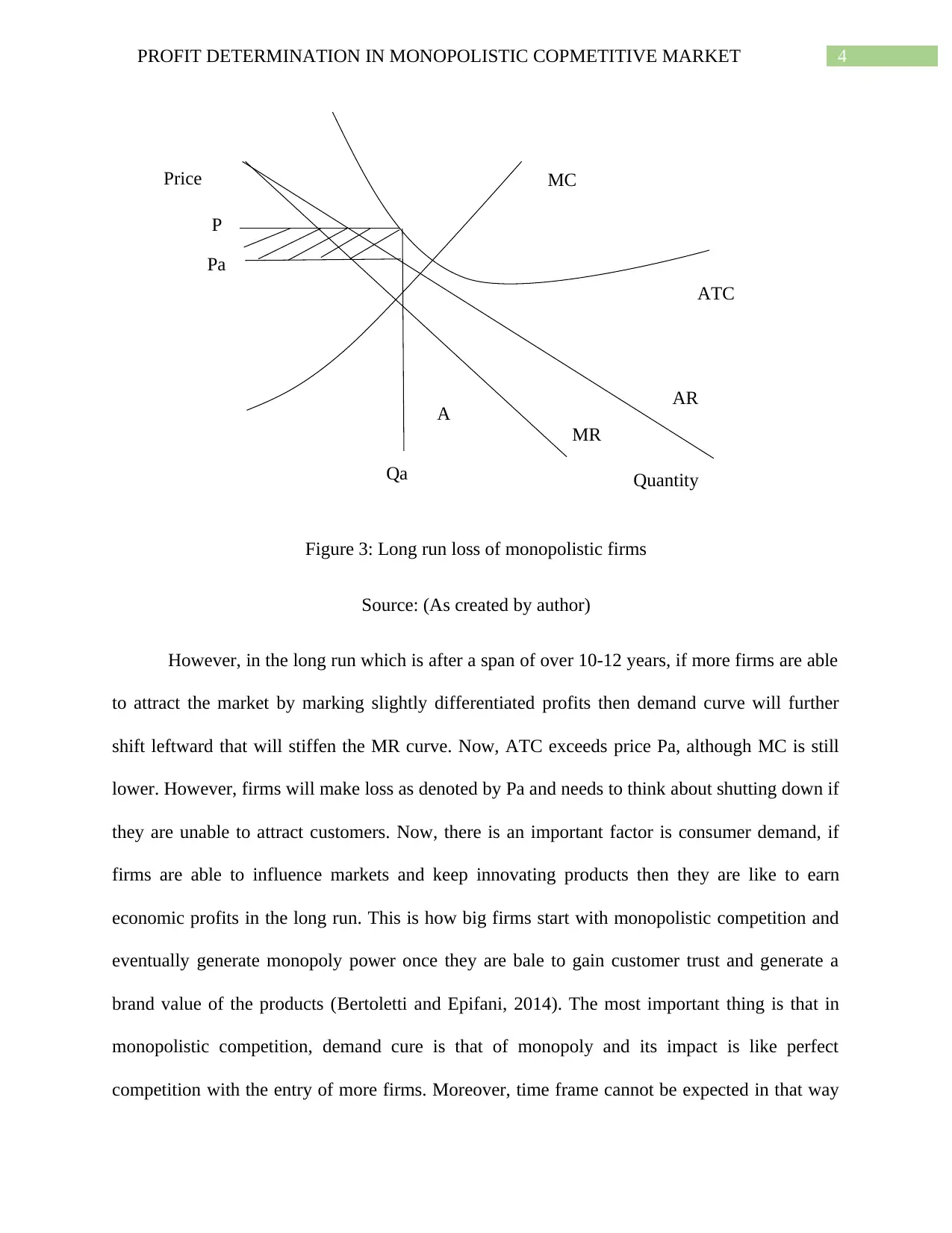
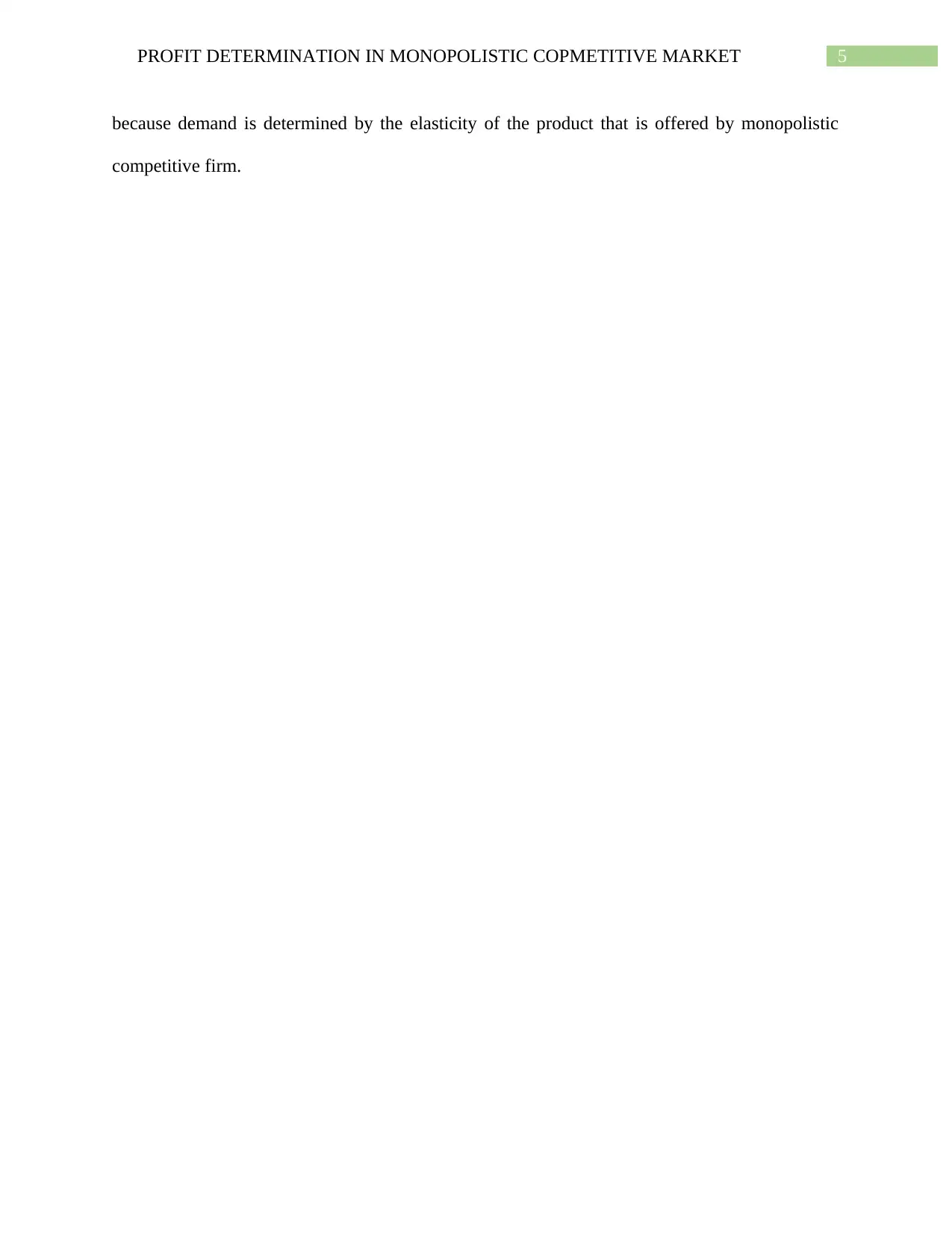
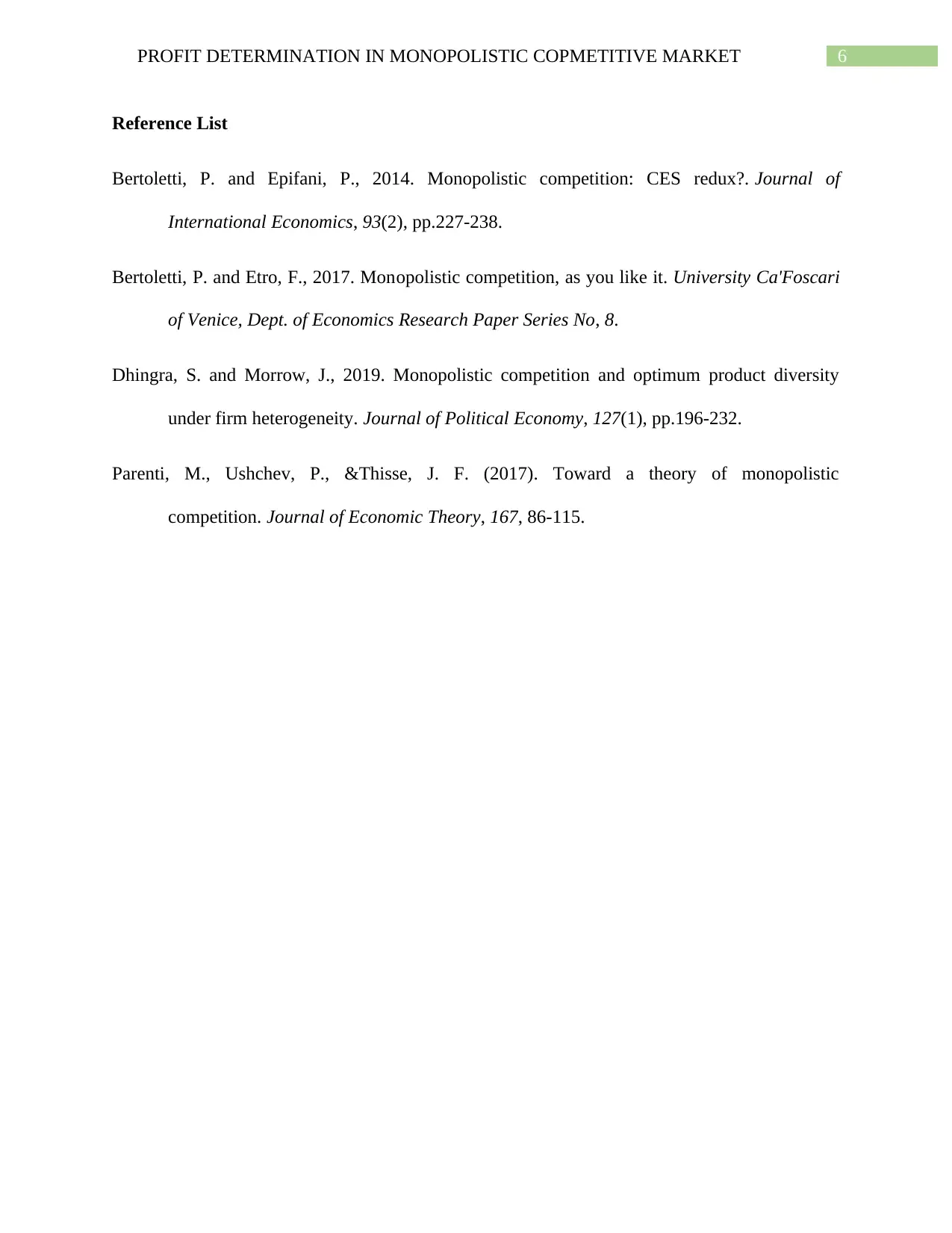





![[object Object]](/_next/static/media/star-bottom.7253800d.svg)